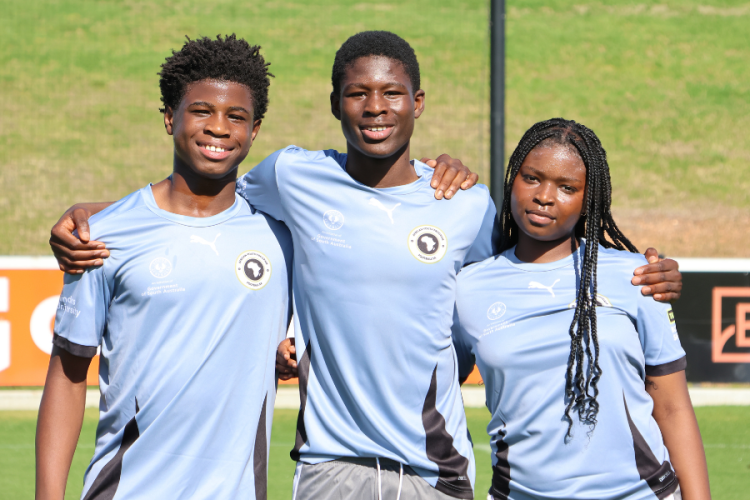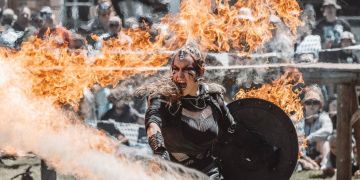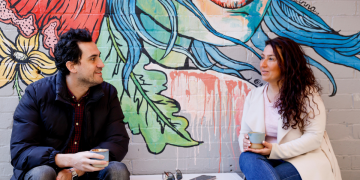A first-of-its-kind initiative is giving SA students the role models, skills and safe spaces they need to thrive – and reshaping school communities along the way.
When 14-year-old Abu Turay walks through the gates of Roma Mitchell Secondary College these days, he does so with a quiet confidence.
That wasn’t always the case.
“When I was younger, people used to talk about the colour of my skin,” he says. “There weren’t many African students around then that I saw. I didn’t have many African friends.”
That changed this year when Abu joined the Empowering African Youth Program – a new South Australian Government initiative delivered across six northern schools to help African-Australian students feel connected, confident and proud of who they are.
“It’s really helped me,” he says. “I’ve made more African friends, I’ve learned how to deal with racism and stand up for myself, and I’ve met African teachers and lawyers who’ve inspired me. I’ve always wanted to be a lawyer, but now I can actually see it’s possible.”
His favourite part? “The soccer. I love soccer,” he grins. “It’s not just a game – it’s something that brings us all together.”
A village built on belonging
The Empowering African Youth Program is a $2.5 million state government initiative run in partnership with schools, the African Communities Council of South Australia, Football SA, Mentoring Coaching and Counselling (MCC) and several community organisations.
It’s currently running at Craigmore High, Mark Oliphant College, Salisbury East High, Salisbury High, Parafield Gardens High, Playford International College and Roma Mitchell Secondary College – schools with large African-Australian student populations.
Inside those schools, MCC delivers The Village – a weekly program of mentoring, wellbeing workshops and cultural learning – while Football SA runs the sporting arm through a 17-week soccer program.
Together, they make up a uniquely South Australian model of early intervention and cultural empowerment that’s helping young people stay engaged in school and connected to community.
As MCC’s Operations Manager and Family Mediator, Adaora Nicole, explains, it’s about creating a “village” in every sense of the word.
“We go into schools every week, we build relationships, and we create a space where students can be themselves,” she says. “Some of these kids are physically at school but not really there – they’re struggling at home or feeling like no one understands them. The program gives them a safe, consistent place to belong.”
Filling the gaps
Adaora says the program is helping fill a gap that other communities have long had the time and resources to build.
“Older cultural groups like the Italian or Chinese communities have dance schools, language centres, and clubs where kids can connect with their culture,” she says. “The African community is newer here. We don’t have that infrastructure yet – so schools have become that space.”
It’s a simple idea that’s proving powerful: give young African-Australians a place to learn about who they are, see adults who look like them, and talk openly about the challenges they face – from racism and stereotyping to balancing two cultures at once.
MCC’s Cultural Case Manager Moses Mila Jackson says many of the young people he works with were born in Australia but still struggle to define where they fit.
“They’re navigating two worlds – home and school – consisting of different expectations that they have to conform to,” he says. “Our role is to bridge that gap and show them they don’t have to lose sight of themselves in feeling the need to choose between being African and being Australian. They can be both.”
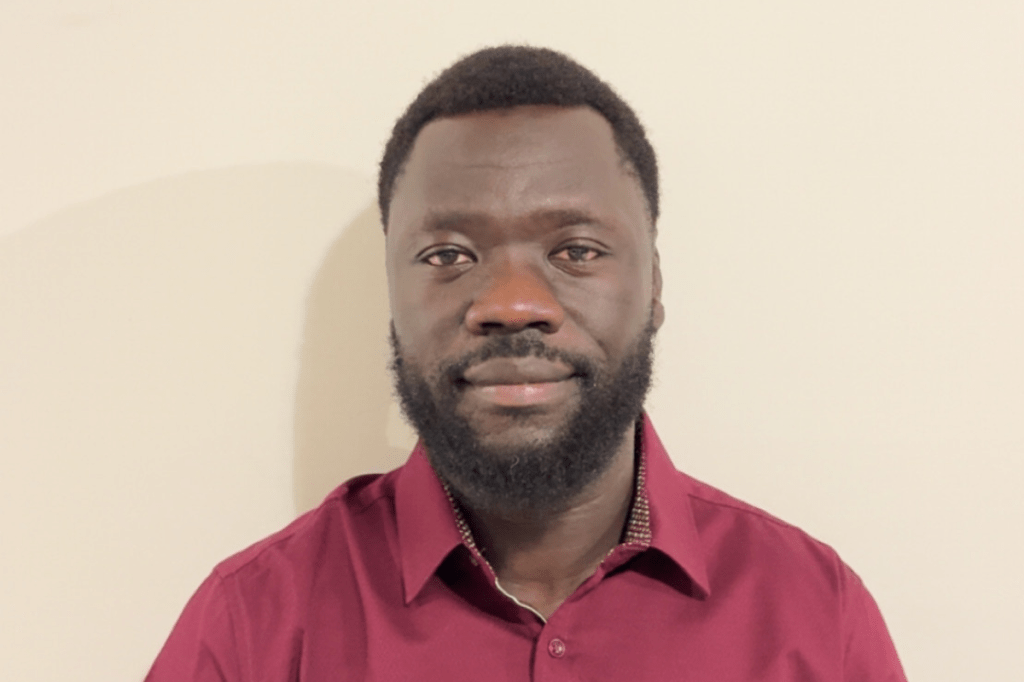
The power of representation
Moses, who came to Australia from South Sudan when he was nine, knows exactly what that feels like.
“When I was at school, I didn’t have mentors who looked like me,” he says. “You’d look around the classroom and you’re the only one that looks different compared to everyone else. You start staying quiet, and eventually you stop putting your hand up to answer or ask questions due to fear of being judged.”
Now, as a mentor himself, he’s helping change that for the next generation.
“Having African-Australian mentors makes a huge difference,” he says.
“It provides our young people with role models who not only share similar cultural backgrounds but also understand the unique challenges and opportunities they face.
“It also affirms their identity and pride in their heritage, showing them that they can succeed without having to compromise who they are.”
For Abu, seeing those role models has been transformative: “It makes me feel like I can really do something with my life.”
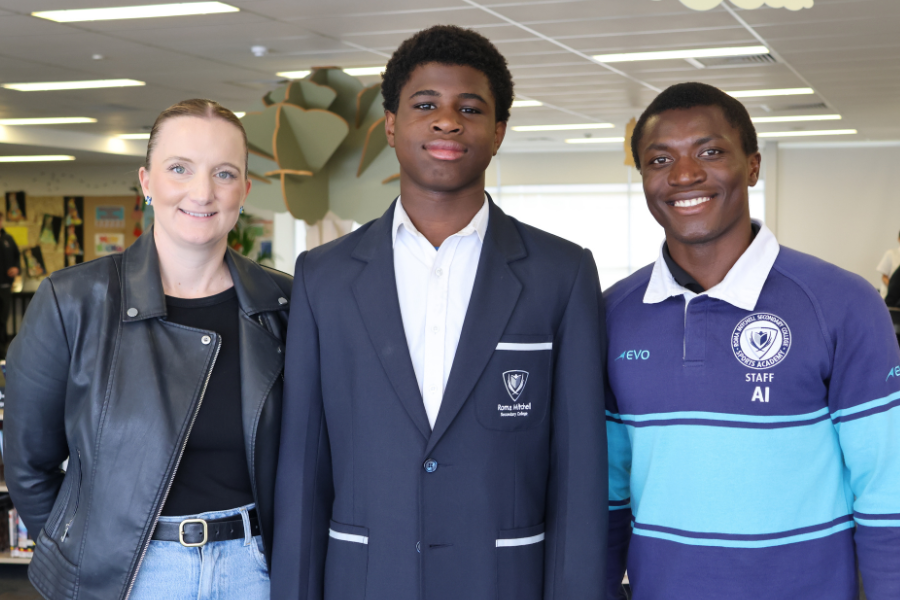
A ripple effect in schools
At Roma Mitchell Secondary College, Assistant Principal – Tailored Learning and Learner Support, Colette Bos has watched the impact ripple through the whole school.
“We’re a very diverse school – about 65 to 70 per cent of our students speak English as a second language,” she says. “But the Empowering African Youth Program has added another layer of pride and connection. It’s created a real sense of family.”
The difference has been visible: “This year we had African girls perform at our Harmony Day assembly for the first time,” Colette says. “They told us they felt confident and safe enough to share their culture. Afterwards, other students came up and said how special it was to see that. The pride on their faces was incredible.”
Teacher Aladin Irabona, who also plays soccer for Adelaide Comets, says the program has built bridges between cultures within the school.
“It gives the kids space to talk about what being African-Australian means,” he says. “We’ve all got different experiences, but hearing each other’s stories helps everyone understand a bit more. It’s made the school feel more inclusive.”
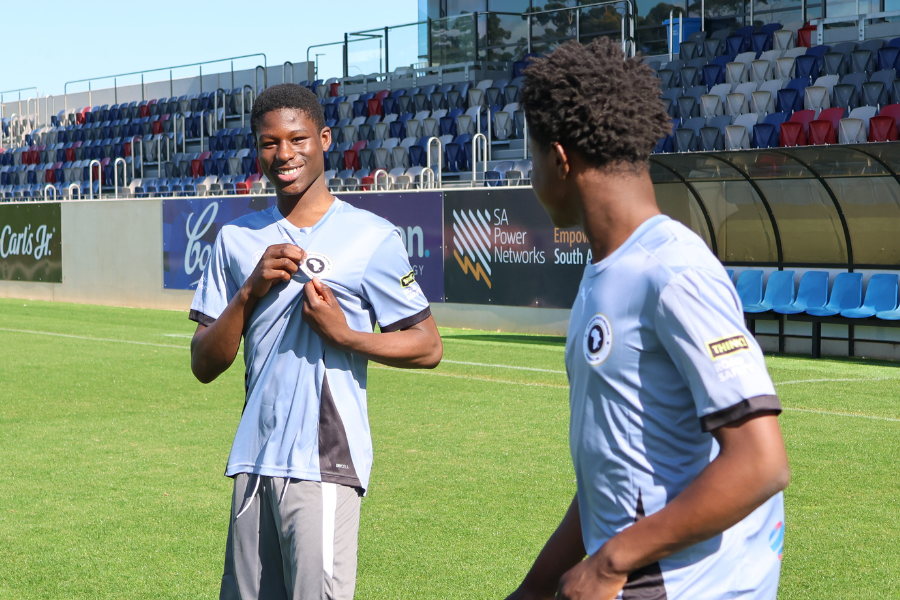
Culture, confidence and connection
Each week, The Village sessions cover topics from cultural identity to emotional regulation, resilience and self-advocacy.
Students also meet one-on-one with mentors or case managers when they need extra support.
“It’s not therapy,” Adaora says. “It’s just being present – showing up in their world. Sometimes we’re at school, sometimes at the soccer field or basketball court. They open up when they feel safe.”
That sense of safety is crucial, she says, because many students carry intergenerational trauma from families who arrived as refugees.
“They’re brilliant kids. They just need people who listen and understand where they’re coming from.”
The soccer and basketball components reinforce those lessons in a different way: “Sport is a universal language,” Moses says. “It teaches teamwork, leadership and communication – but it also gives them space to relax and just be kids.”’
More than a program
At its heart, the Empowering African Youth Program is about prevention – keeping young people engaged before problems take hold.
“This is early intervention,” Adaora says. “If you give young people a safe space, mentors who look like them, and a community that believes in them, they don’t disappear. They show up. They thrive.”
For Colette, the benefits extend beyond individual students: “When our kids feel safe and proud, they engage more in learning. That’s the real outcome – wellbeing and education go hand in hand.”
The school hopes to sustain and expand the program, possibly integrating it into the SACE curriculum so students can earn credits while exploring their identity.

The next chapter
At the end of the year, all students involved in the Empowering African Youth Program across all the seven campuses will hold a celebration at Service FM Stadium – a chance to showcase everything from dance to football.
But for Abu, the biggest change has already happened. “I just feel more confident,” he says. “More myself.”
He looks ahead to the future – one that will definitely include a lot of soccer, perhaps a law degree and, maybe, mentoring the next generation of African-Australian students.
“That’s what this is all about,” Moses says. “It’s a reminder that when you invest in young people, especially in ways that honour their culture and lived experiences, you’re not just supporting individuals, you’re building stronger, more connected communities for generations to come.”


